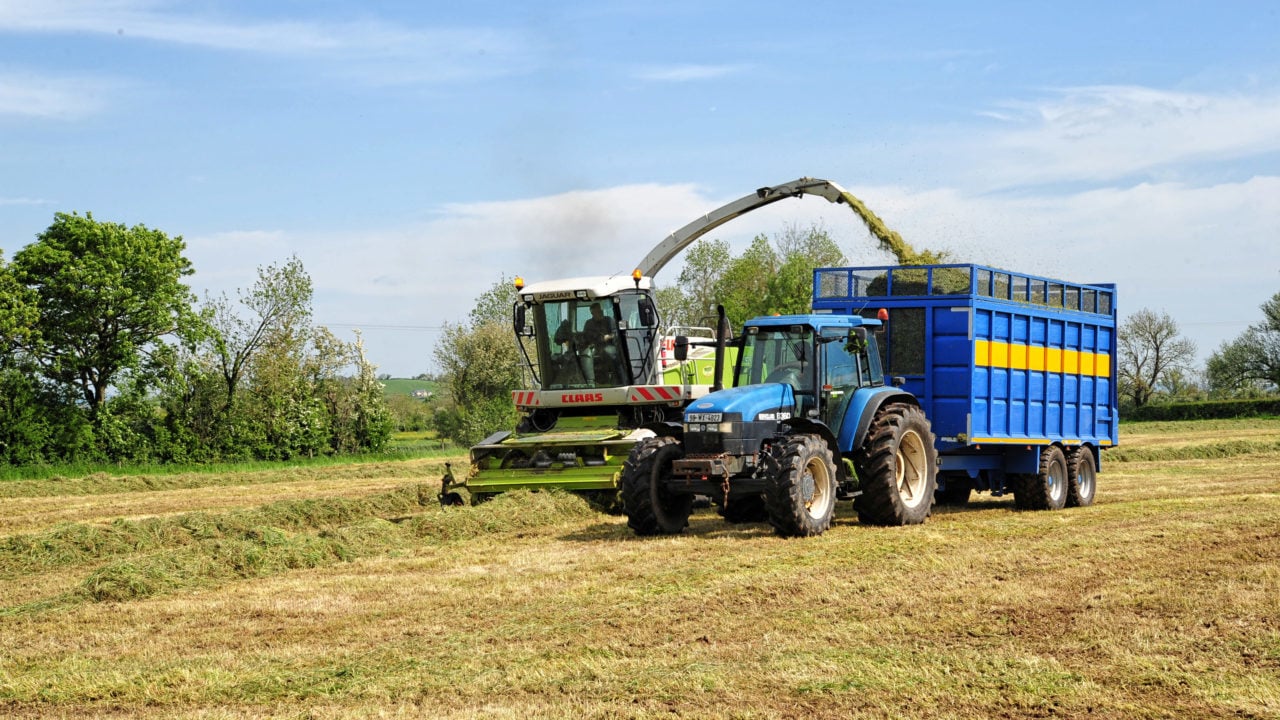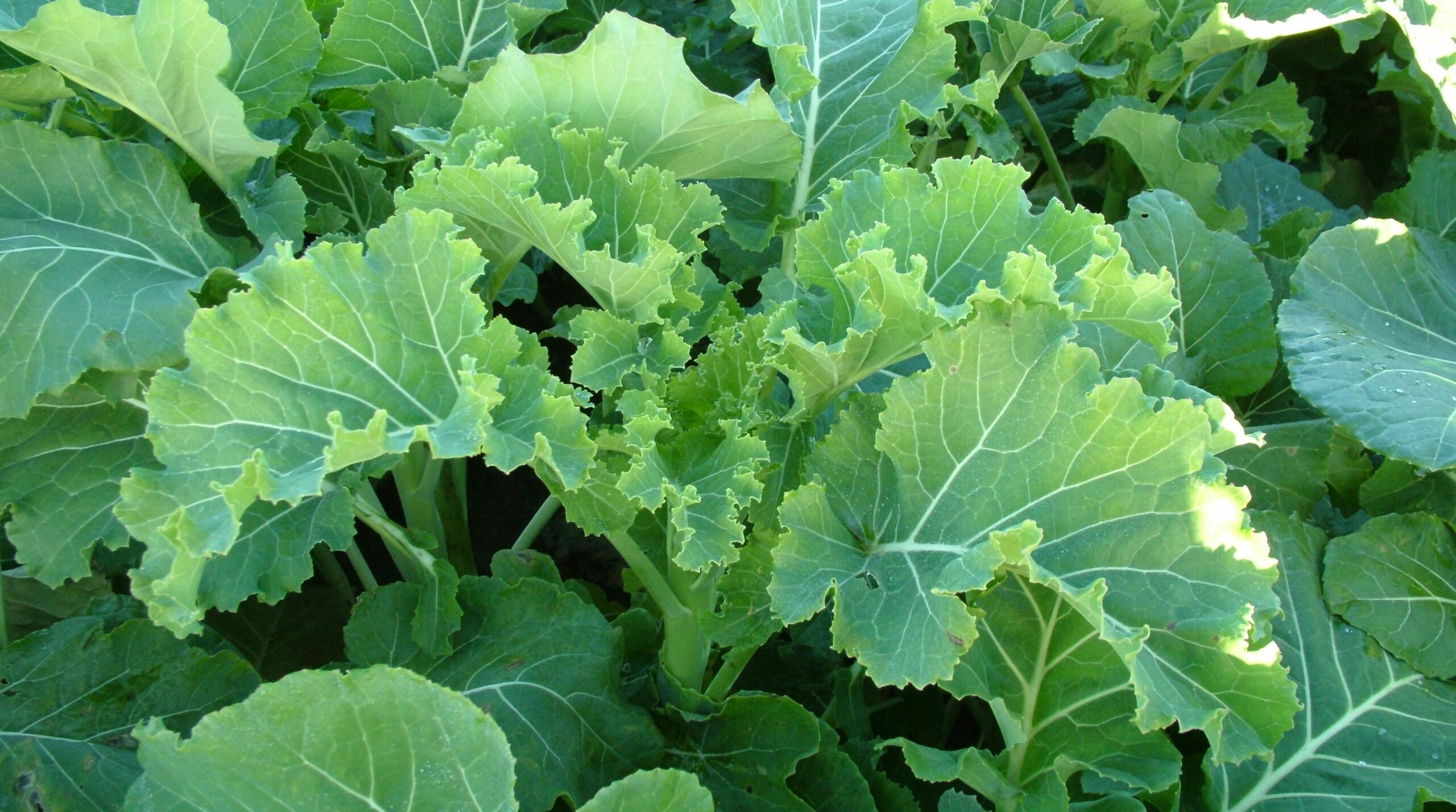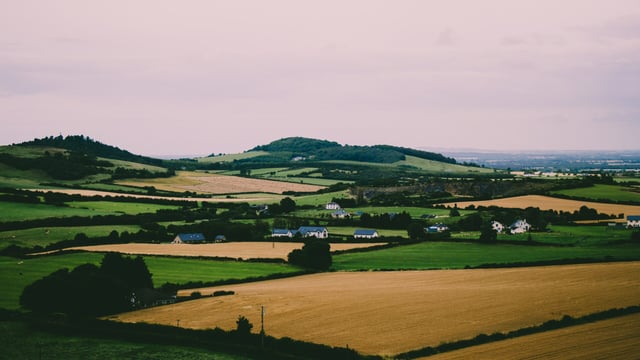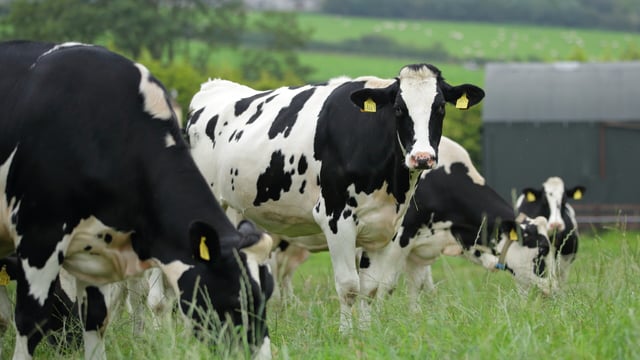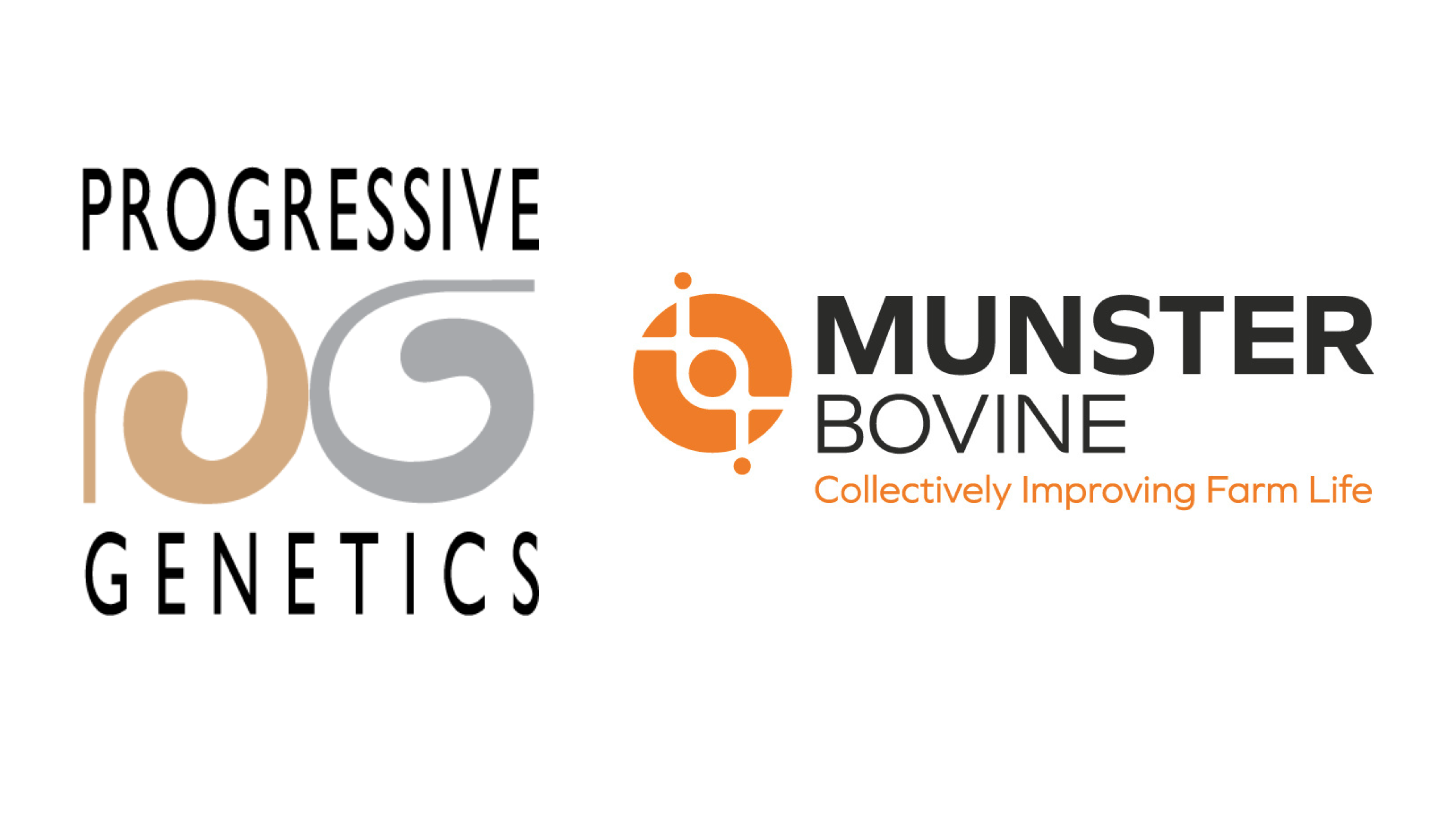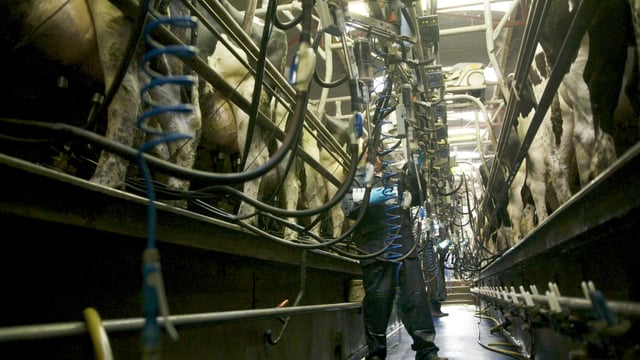Early concerns raised over 2024 silage stocks
The Irish Farmers' Association (IFA) Munster Regional chair Conor O'Leary has raised concerns about the amount of silage which may be saved for next winter.
Speaking at the Kerry IFA AGM last night (Tuesday, June 25), O'Leary said that "tricky weather" has resulted in below normal grass growth on many farms for much of the year to date.
He added that in some drier parts of the country there may be no more fodder saved this year following the completion of first cut silage.
The IFA Munster chair said that fodder reserves are very low or completed depleted on some farms following the prolonged winter housing period.
As a result, he said that an early assessment should be carried out by the Department of Agriculture, Food and the Marine (DAFM) on the need for a fodder support scheme this year.
O'Leary said the feedback he has received from merchants is that less fertiliser has been sold which he said could have a knock-on effect on fodder growth.
This could be related to cash flow issues on farms or farmers being fearful about exceeding their fertiliser limits, he said.
The meeting also heard that some dairy farmers currently making decisions in relation to their future.
"I know of an artificial insemination (AI) man who has 33 herds and 8 of those herds will not be calving down cows next year.
"They're taking the view that they're milking on without putting cows in calf and selling to a factory at the end of the year," O'Leary said.
The IFA Munster chair noted that this may be contributing to the lesser preservation of fodder this year.
Meanwhile, Diarmuid Murphy from grassland seed provider Germinal, has said that farmers have forage options, but decisions will need to be made shortly.
He said that first cut silage yields were "disappointing" for many farmers as later application of fertiliser and cold temperatures meant that growth was impacted.
"In addition, grass is showing signs of stress on many farms and hence yield and quality are below normal expectations for this time of year," he said.
Based on the Teagasc PastureBase Database, he said that June has not compensated for April and May where grass growth is back 11% on 5-year average growth levels.
Murphy said that some farmers are hoping to push second cut yields with higher fertiliser inputs, where possible.
"Another option is to plan to reduce reliance on forage conserved as silage with a fodder crop such as kale or kale-rape hybrids that can be sown now and grazed in the field over winter," he said.
Kale varieties, such as Maris Kestrel, can be sown up to mid-July and will provide up to 10t of forage dry matter which can be grazed by outwintered livestock from early November.
"As cattle will be outwintered, farmers should choose a field that is not too steep, is free-draining, and is not near water courses.
"Ideally it should have some trees or hedgerow shelter for cattle. A lie back area is also required, which should be in grass.
"The available lie back area must be at least 30% of the total land area that is sown to the forage crop and lie back combined e.g. 3.5ha of kale will require at least 1.5ha of lie-back," he said.
Prior to planting kale, Murphy noted that it is critical for farmers to carry out a soil test to ensure that soil pH is in the 6.3 to 6.5 and apply lime in advance if necessary.
He added that Phosphate (P) and Potassium (K) indices should be at 3.
"The old sward should be sprayed off, then disc harrowed and rolled to produce a fine, firm seedbed. Good seed-to-soil contact is critical. Seed should be sown to a depth of 5 to 10 mm," he said.
Murphy added that fertiliser applied at the time of sowing helps with establishment of the crop.
In the event that sowing a fodder crop is delayed, the kale-rape hybrid, Redstart, can be sown from mid-July.
"Despite the cold temperatures and a challenging first half of the grazing season, farmers have options, including sowing brassicas to ease reliance on limited silage stocks," Murphy said.

